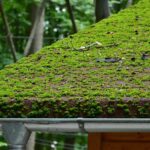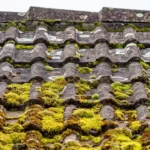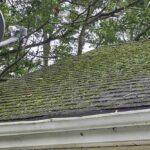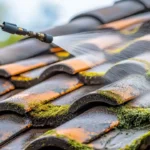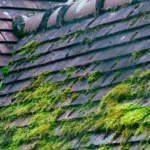When it comes to maintaining your roof, there are many myths that homeowners often encounter. One of the most common concerns is how to deal with moss growth on the roof. It’s easy to be swayed by misinformation, leading to ineffective or even damaging maintenance practices. In this article, we aim to bust some of the most pervasive roof moss maintenance myths to help you keep your roof in top condition.
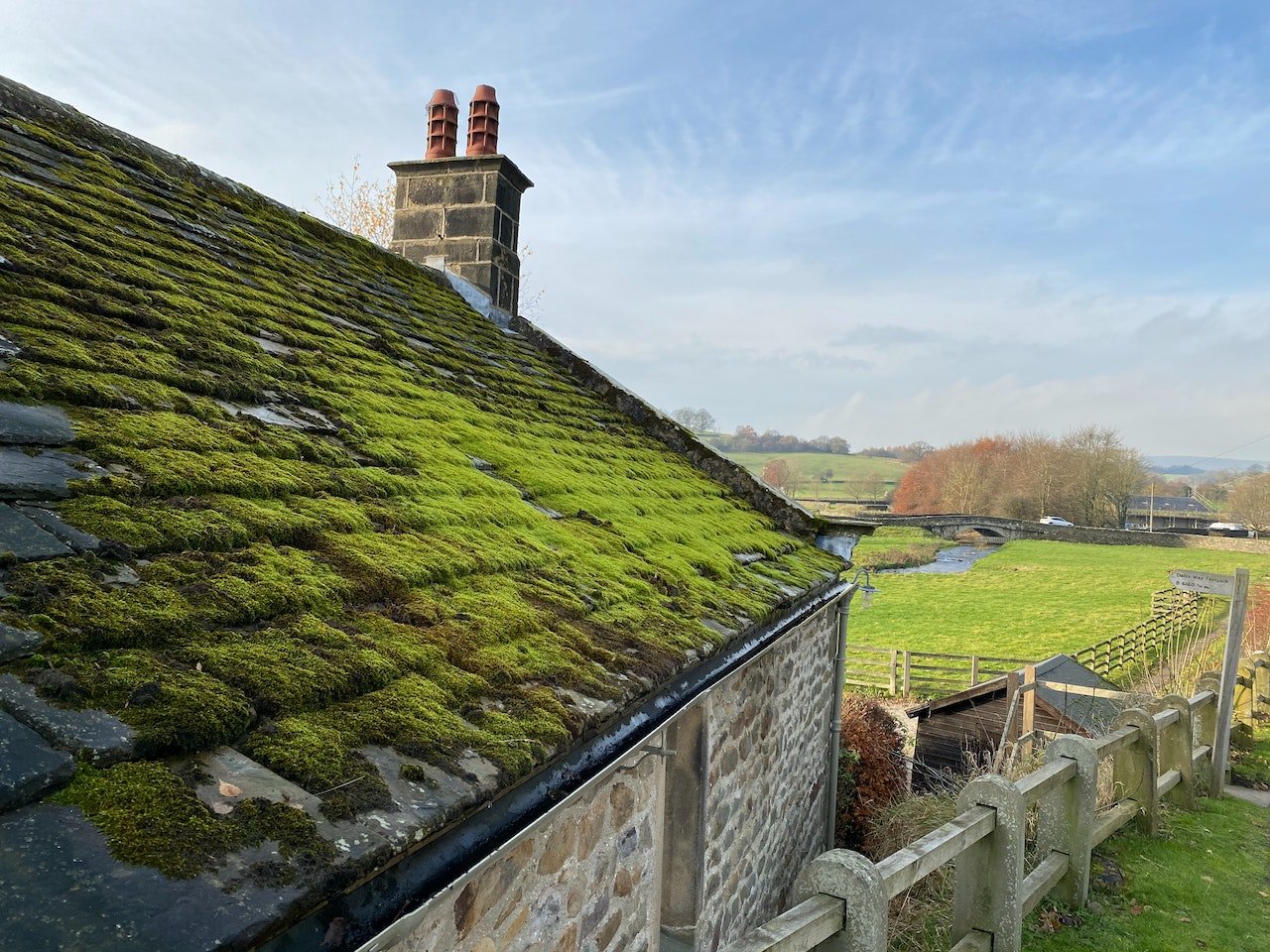
What is Roof Moss?
Moss is a type of plant that thrives in damp, shaded environments. While it may look harmless, allowing moss to grow unchecked on your roof can lead to significant damage. Moss can trap moisture against the roof, leading to rot and decay over time.
Myth 1: Moss Adds Character to Your Home
Some homeowners believe that a layer of moss adds a rustic charm to their property. However, this is far from the truth. The presence of moss can indicate underlying moisture issues, and while it might look quaint, it can lead to severe structural damage.
Understanding the Risks
Allowing moss to grow can result in leaks, damaged shingles, and even compromised structural integrity. It’s crucial to address moss growth promptly to maintain the health of your roof.
Myth 2: All You Need is a Power Washer
One of the most common myths is that a power washer can effectively remove moss. While it might seem like a quick fix, using high-pressure water can actually damage your shingles, pushing water under them and causing leaks.
Safe Removal Techniques
Instead of power washing, consider using a gentle cleaning solution specifically designed for roofs. For more tips, check out this external guide on safe moss removal.
Myth 3: Moss Only Grows in Old Roofs
It’s a common misconception that only older roofs suffer from moss growth. In reality, any roof, regardless of its age, can become a breeding ground for moss if the conditions are right.
Factors Influencing Moss Growth
Moss thrives in shaded areas with moisture. If your roof is frequently under shade from trees or other structures, it’s more susceptible to moss growth.
Myth 4: Chemical Solutions Are Harmful
Many believe that chemical solutions for moss removal are harmful to the environment. While some chemicals can be harsh, there are eco-friendly options available that are effective and safe.
Choosing the Right Products
Look for products that are labeled as environmentally safe. They can effectively remove moss without causing harm to the surrounding ecosystem.
Myth 5: Moss is Harmless
Assuming that moss is harmless can lead to neglect, which results in long-term damage. Moss holds moisture, which can lead to rot and decay.
Preventive Measures
Regular inspections and maintenance can prevent moss from taking hold. For first-time homeowners, understanding the basics of roof care is crucial. Learn more about roof cleaning tips for beginners.
Best Practices for Moss Prevention
Preventing moss is better than dealing with it after it appears. Here are some effective strategies:
Regular Inspections
Schedule bi-annual inspections to catch any early signs of moss growth.
Maintain Tree Trimming
Ensure that trees near your home are trimmed to reduce shade on your roof.
Install Zinc or Copper Strips
These metals naturally inhibit moss growth when installed at the roof’s peak.
Why DIY Might Not Be the Best Approach
While DIY methods can seem cost-effective, there’s a risk of improper technique causing more harm than good. Hiring professionals ensures that your roof is treated with the right methods and products.
Finding the Right Professional
Look for certified roof cleaning specialists who have experience and positive customer reviews.
Long-term Benefits of Professional Maintenance
Investing in professional maintenance can save money in the long run by extending the life of your roof and preventing costly repairs.
Cost vs. Value
While professional services come at a price, they offer value in terms of longevity and peace of mind.
Conclusion
Understanding and debunking these roof moss maintenance myths is essential for every homeowner. By knowing the facts, you can make informed decisions about maintaining your roof and ensuring it remains in good condition for years to come.
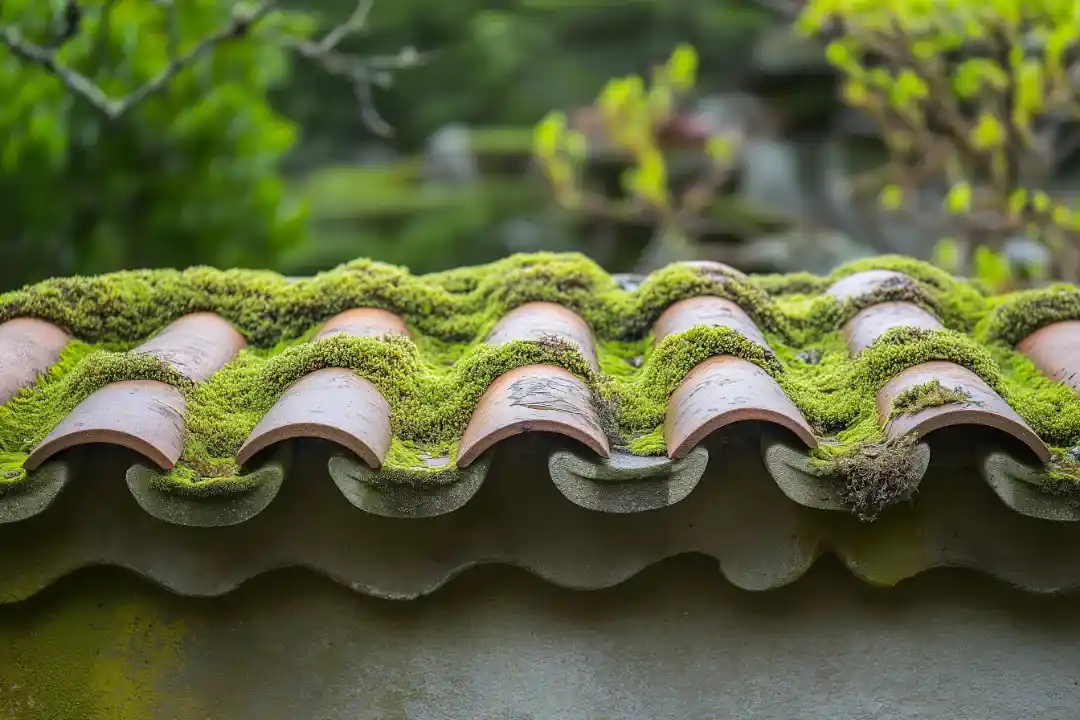
FAQs
1. Can I use bleach to remove moss?
While bleach can kill moss, it can also damage your shingles and harm the environment. It’s better to use a roof-safe cleaner.
2. How often should I check my roof for moss?
It’s recommended to check your roof at least twice a year, especially if you live in an area with high rainfall.
3. Is moss removal covered by home insurance?
Moss removal is generally considered routine maintenance and is not covered by home insurance. Regular upkeep is the homeowner’s responsibility.
For more insights, you might find this article on moss growth factors helpful.
This article contains affiliate links. We may earn a commission at no extra cost to you.




